When you look up at the night sky, the twinkling lights of stars are actually messages from the past. These celestial objects emitted light millions or even billions of years ago and have only just reached Earth. So how can telescopes “see” such distant galaxies?

Even though the Moon is so close to us, it still takes 1.3 seconds for light from it to reach the observer's eyes. (Source: NASA)
Light – a message from the ancient universe
Celestial objects in the universe constantly emit electromagnetic radiation, including light that the human eye can see. This light travels at a speed of about 300,000 km/s. When we say a galaxy is 13 billion light years away from Earth, it means that the light from that galaxy has taken 13 billion years to reach us. So telescopes do not see the present, but the past of the universe.
The human eye has a very limited ability to collect light. Meanwhile, a telescope acts as a giant light collector. The light collecting ability of a telescope is proportional to the square of the diameter of the primary mirror. For example, a 2m diameter telescope has 4 times the light collecting ability of a 1m telescope.
The telescope, located on the summit of Mauna Kea (Hawaii), has a 10m mirror that can collect light 600,000 times more than the human eye. Thanks to that, it can observe galaxies more than 13 billion light years away.

The Vera C. Rubin Observatory is one of the world's most advanced ground-based telescopes. (Source: Rubin Observatory)
Vera C. Rubin Observatory is one of the world's most advanced ground-based telescopes, built atop Cerro Pachón in Chile. Vera C. Rubin Observatory will see "first light" on June 23, 2025, marking the time the telescope begins operating and records the first images from space.
In more than seven hours of observations, Rubin took 678 images, revealing details of the Trifid Nebula, the Lagoon Nebula and thousands of distant galaxies. At the same time, the telescope also discovered more than 2,000 new asteroids, demonstrating its ability to track objects in the Solar System.
Rubin has entered a 10-year survey phase – the Legacy Survey of Space and Time (LSST) – to create a “cosmic movie” about the evolution of galaxies, stars and planets.

The Coma galaxy cluster is over 300 million light-years from Earth - proof that technology to help humanity has been found in an unprecedented way. (Source: Rubin Obeservatory)
When technology helps humanity see the unseen
The James Webb Space Telescope (JWST), launched in 2021, is the most advanced instrument today. Webb's primary mirror is 6.5m in diameter, with a light-gathering area of more than 25m².
Due to the expansion of the universe, light from distant galaxies is stretched into infrared wavelengths – a phenomenon called “redshift”. The Webb telescope is designed to detect this light, allowing us to “look back in time” to the early universe.
In August 2025, Webb took a picture of the Hubble Deep Field – a tiny region of sky that covers just 1/12.7 millionth of the sky, but contains more than 2,500 distant galaxies, some of which formed just 300–400 million years after the Big Bang.

James Webb Telescope. (Source: NASA)
The resolving power of a telescope depends on its aperture. According to the Rayleigh criterion, angular resolution is inversely proportional to the mirror diameter. The Hubble Space Telescope with an aperture of 2.4 m has a resolution of 0.05 arc seconds, enough to distinguish individual stars in the Andromeda Galaxy 2.5 million light years away.
The European Extremely Large Telescope (ELT), under construction in Chile, will have a 39.3m primary mirror. When completed, the ELT will have a resolution of up to 0.001 arc seconds, allowing direct observations of the surfaces of extrasolar planets.
Telescopes do not penetrate space, but capture and decode ancient photons that have traveled billions of light years. Thanks to modern technology, humanity is gradually expanding the boundaries of cosmic observation, discovering the mysteries of the origin and evolution of galaxies, stars and planets.
Source: https://vtcnews.vn/giai-ma-bi-an-cach-kinh-thien-van-nhin-thay-qua-khu-vu-tru-ar972298.html





![[Photo] Prime Minister Pham Minh Chinh meets with Speaker of the Hungarian National Assembly Kover Laszlo](https://vphoto.vietnam.vn/thumb/1200x675/vietnam/resource/IMAGE/2025/10/20/1760970413415_dsc-8111-jpg.webp)
![[Photo] Prime Minister Pham Minh Chinh received Mr. Yamamoto Ichita, Governor of Gunma Province (Japan)](https://vphoto.vietnam.vn/thumb/1200x675/vietnam/resource/IMAGE/2025/10/21/1761032833411_dsc-8867-jpg.webp)
![[Photo] Da Nang residents "hunt for photos" of big waves at the mouth of the Han River](https://vphoto.vietnam.vn/thumb/1200x675/vietnam/resource/IMAGE/2025/10/21/1761043632309_ndo_br_11-jpg.webp)
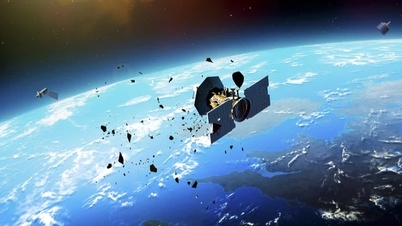

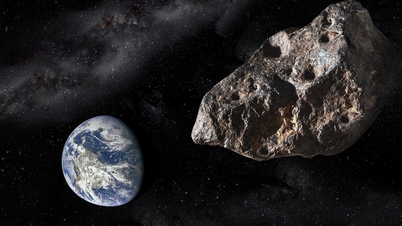



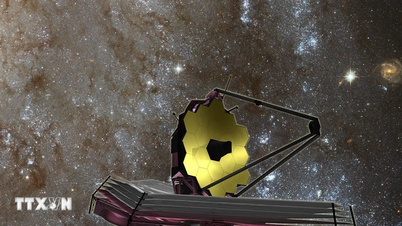
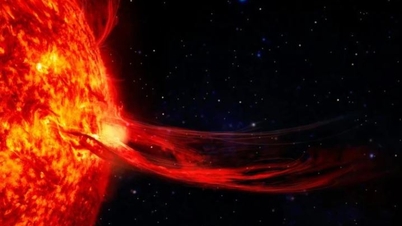










































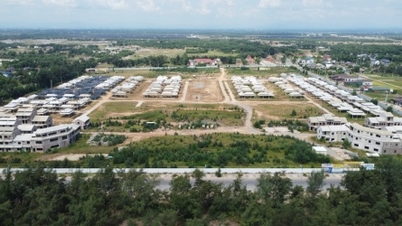
















































Comment (0)